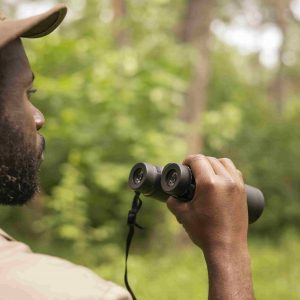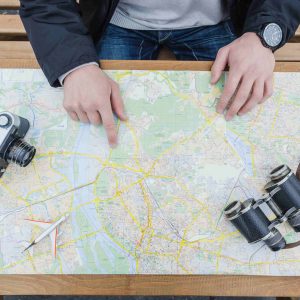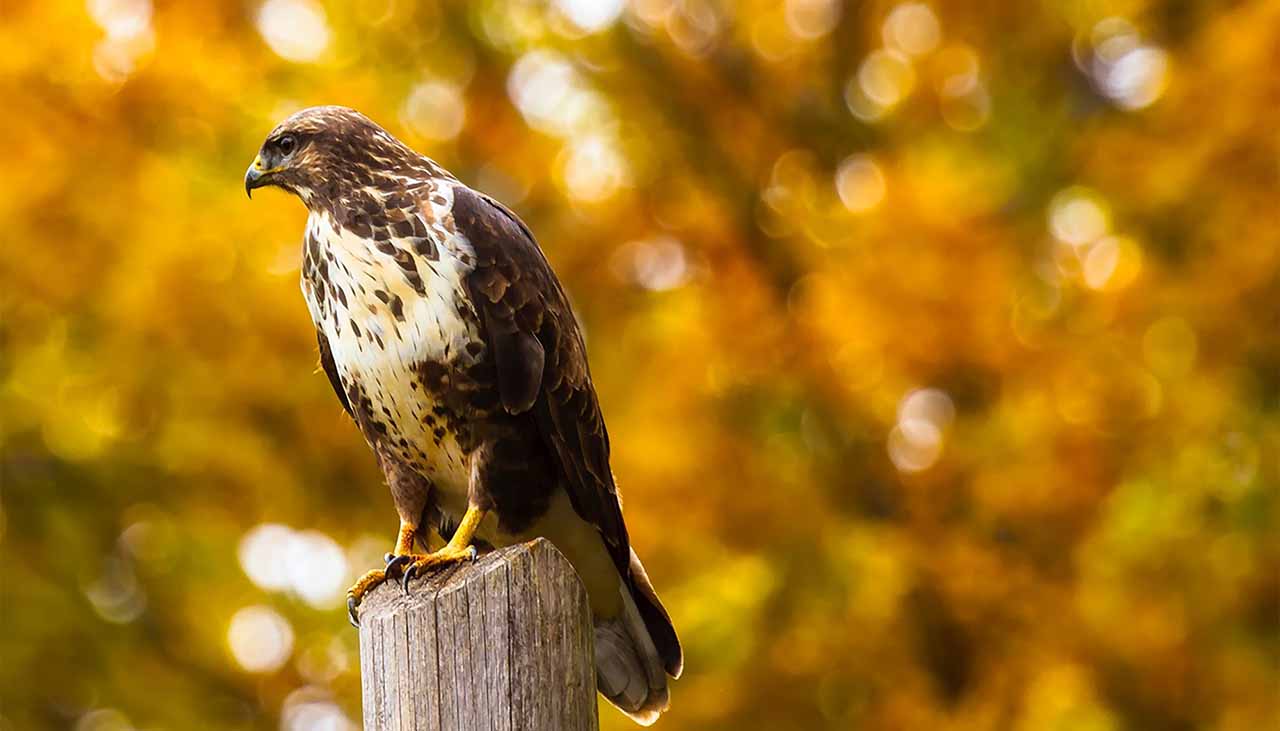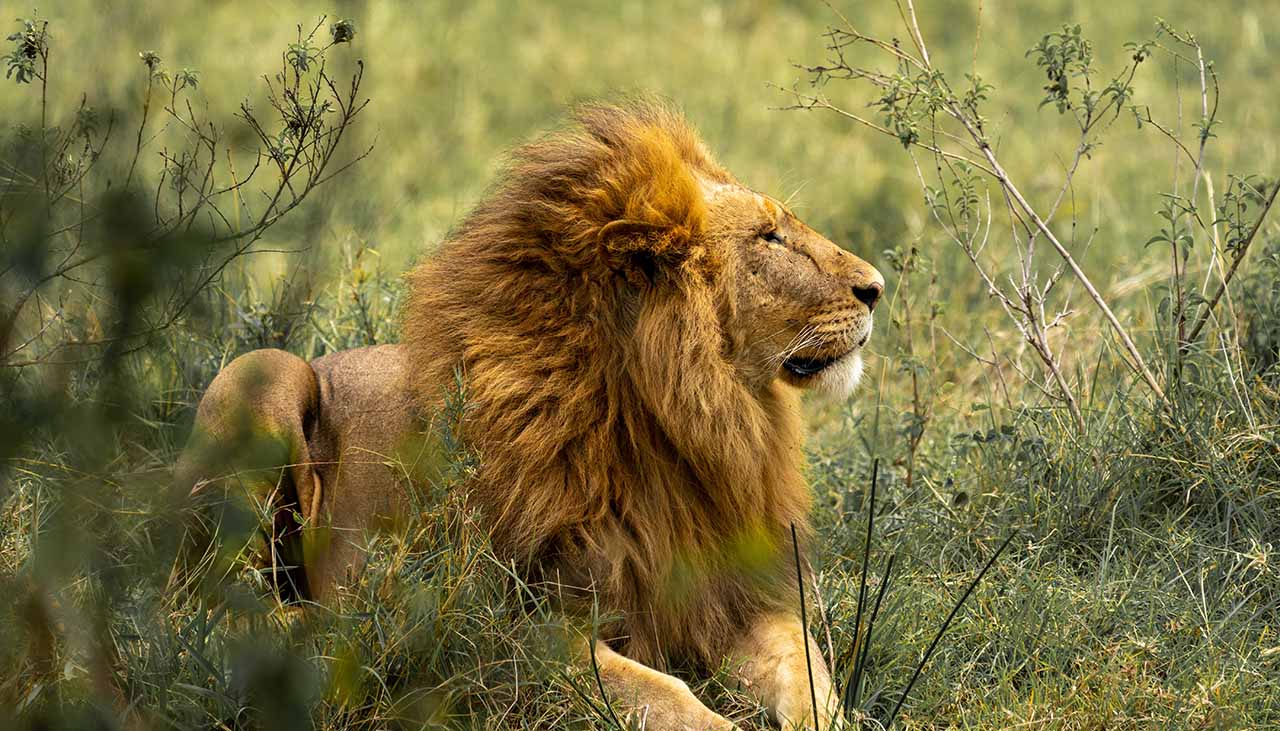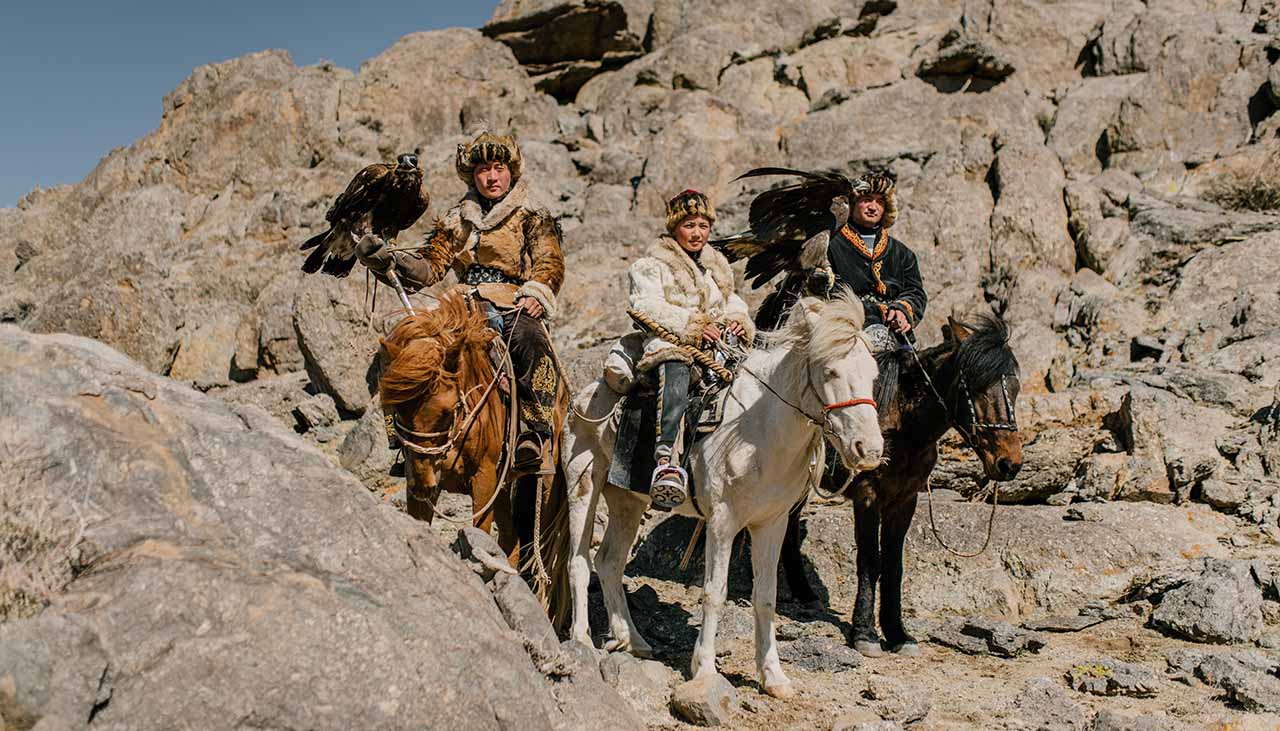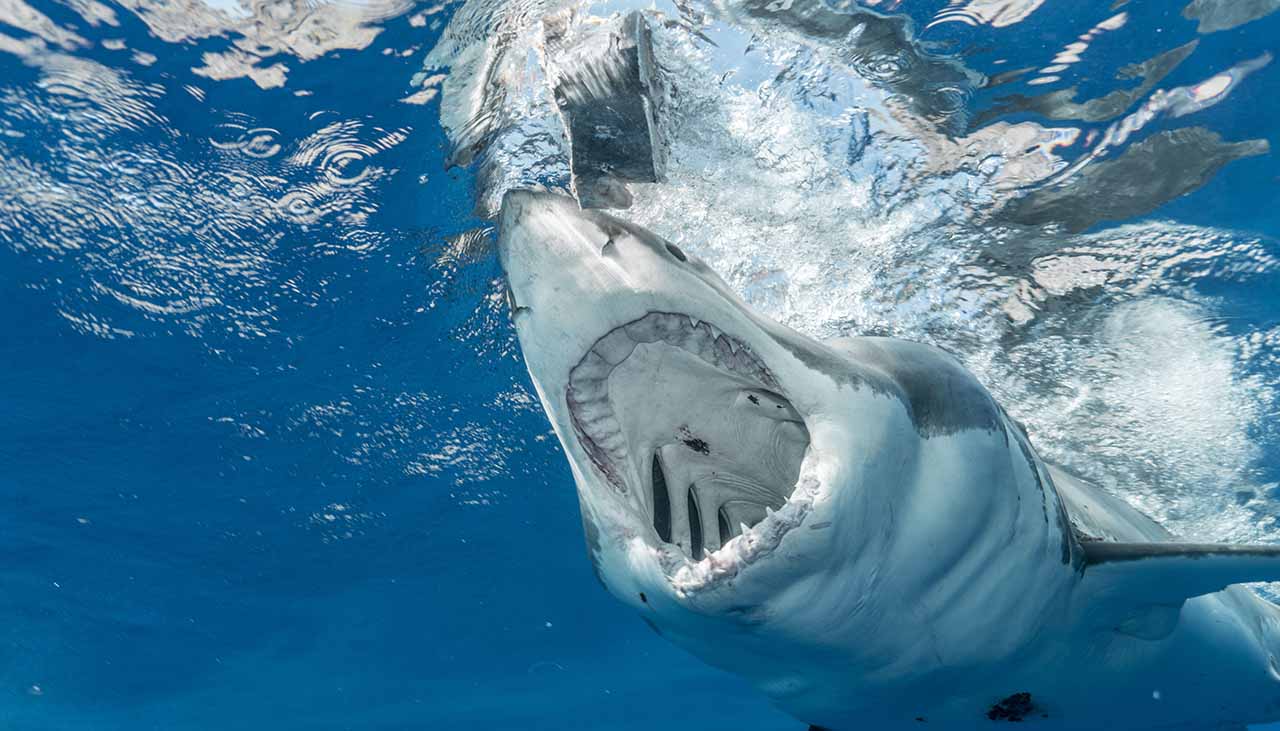Wildlife photography has always been a fascinating art form, capturing the beauty of nature and its inhabitants in breathtaking detail. Long before modern digital cameras and telephoto lenses, early photographers relied on ingenious tools and methods to document the natural world. Among these, the photo rifle stands out as a symbol of innovation and passion for capturing elusive wildlife.
This article delves into the origins of wildlife photography, the tools used in the past, and how advancements in technology have transformed this practice into the high-tech art form we know today.
The Origins of Wildlife Photography
Wildlife photography emerged in the late 19th and early 20th centuries, driven by a desire to document and study animals in their natural habitats. During this time, hunting was the primary way people interacted with wildlife, and photography offered a non-lethal alternative. Early wildlife photographers faced significant challenges, including bulky equipment, limited film technology, and the difficulty of approaching wild animals without scaring them away.
One of the most fascinating tools of this era was the photo rifle. Resembling a firearm, the photo rifle was a camera fitted with a gunstock and trigger mechanism. It allowed photographers to aim and “shoot” wildlife with a camera lens instead of a bullet. These devices were often equipped with glass plate negatives, requiring precision and patience to capture a single image.
While photo rifles might seem unusual today, they symbolized a shift in how people viewed wildlife. Instead of trophies on the wall, animals could now be celebrated through photographs, immortalized in frames rather than taxidermy.
The Mechanics of Photo Rifles
The photo rifle’s design borrowed heavily from actual firearms. It featured a wooden stock, a barrel-like camera body, and a trigger to release the shutter. Early models often used glass plate negatives, which had to be manually replaced after each shot. This made wildlife photography a slow and deliberate process. Photographers needed to approach their subjects carefully, often hiding in bushes or camouflaged blinds to avoid startling the animals.
In addition to the camera, early photographers carried magazines or cartridges to hold extra glass plates or film rolls. These accessories resembled ammunition used in revolvers, adding to the photo rifle’s firearm-like appearance. Despite the cumbersome process, these tools allowed for a new way to capture wildlife in motion, paving the way for future innovations.
The Challenges of Early Wildlife Photography
Photographers using photo rifles faced numerous challenges. For one, the equipment was heavy and difficult to transport into remote locations. The need for perfect lighting meant most photographs were taken during the day, relying on natural sunlight. Furthermore, the lack of autofocus or zoom lenses required photographers to get extremely close to their subjects, which was both risky and time-consuming.
Despite these obstacles, early wildlife photographers displayed remarkable ingenuity and dedication. Their efforts provided some of the first visual records of animals in the wild, inspiring conservation efforts and a deeper appreciation for nature.
From Photo Rifles to Modern Cameras
As technology advanced, the need for photo rifles diminished. The invention of lightweight cameras and telephoto lenses in the mid-20th century revolutionized wildlife photography. Photographers could now capture distant subjects with stunning clarity, without needing to approach them closely. This not only made the process safer but also reduced the risk of disturbing wildlife.
Modern cameras are equipped with features like autofocus, burst mode, and high-resolution sensors, making it easier than ever to capture fast-moving animals or intricate details. Additionally, digital photography eliminated the need for film, allowing photographers to take thousands of shots without worrying about running out of supplies.
The Role of Wildlife Photography in Conservation
Wildlife photography has always been more than just an art form; it is a powerful tool for conservation. Early photographs of endangered species raised awareness about their plight, inspiring efforts to protect habitats and prevent extinction. Today, photographers continue to play a crucial role in environmental advocacy, using their images to tell stories and connect people to the natural world.
Organizations like National Geographic and the World Wildlife Fund frequently collaborate with wildlife photographers to document the beauty and fragility of ecosystems around the globe. These images serve as a reminder of what we stand to lose if we fail to protect our planet.
The Future of Wildlife Photography
Looking ahead, advancements in technology promise even greater possibilities for wildlife photography. Drones, for instance, allow photographers to capture aerial views of animals without disturbing their natural behavior. High-speed cameras can freeze moments that were once impossible to see with the naked eye, such as a bird in mid-flight or a predator’s split-second attack.
However, the essence of wildlife photography remains the same: patience, respect for nature, and a deep appreciation for the beauty of the natural world. Whether you’re using a vintage photo rifle or the latest DSLR, the goal is to capture moments that inspire wonder and foster a connection to wildlife.
Conclusion
The journey of wildlife photography from its early days with photo rifles to the sophisticated digital cameras of today is a testament to human ingenuity and our enduring fascination with nature. While technology has made capturing wildlife easier and more accessible, the heart of this art form lies in the passion and dedication of the photographers behind the lens.
By understanding the history of wildlife photography, we gain a greater appreciation for how far the field has come and the importance of preserving its legacy. Whether you’re an aspiring photographer or simply a lover of nature, remember that every image tells a story—one that connects us to the wild and reminds us of our responsibility to protect it.
